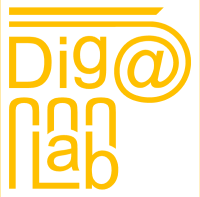Project Link
Methods
- 3D Model
- Map/GIS
- Photogrammetry
The project 3d-Digging at Çatalhöyük started in 2009-10 as on site digital experiment with the scope to digitally record in 3 dimension every phase of excavation in different areas of the Neolithic site of Çatalhöyük, Turkey, using different technologies such as laser scanning and image-based modeling. The final goal of the project is to make the excavation process virtually reversible in a simulation environment at different levels, from tablet and laptop computers to immersive visualization systems. In the last two years the project focused on two main documentation levels: macro-scale (area-wide survey of the whole East mound including North and South shelters) by laser scanning; micro-scale (the Neolithic house B89) by image-based modeling. All the burials discovered on the East Mound are also systematically documented in 3D via image-based modeling technique (Photoscan and MeshLab); all the data generated through this digital documentation process is eventually integrated in GIS format (ArcGIS, QGIS). Indeed, the entire excavation on the East mound is recorded in 3D and georeferenced in the same virtual space in the site’s GIS. The project has also introduced 3D stereo visualization systems during the archaeological fieldwork in order to interact with 3D directly on site. In 2012 the introduction of tablet PCs has also contributed to reconfigure the process of drawing, introducing digital drawing, field notes, mapping and 2D documentation in a complete digital format compatible with GIS and databases directly in the trench. Ultimately, the use of 3D technologies on site both as teaching and research aids as long with the post processing and implementation of all the fieldwork data in an integrated collaborative visualization systems generate a new digital workflow for archaeological interpretation.
Participant
- Nevio Danelon

